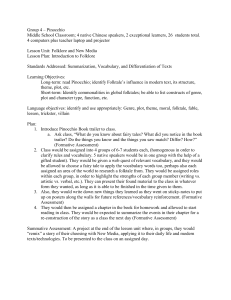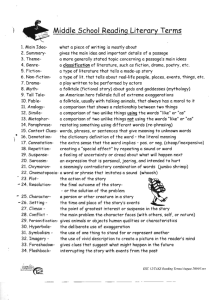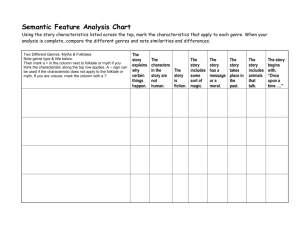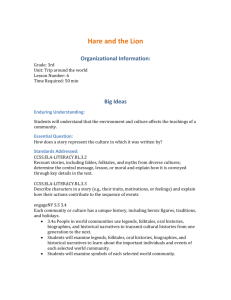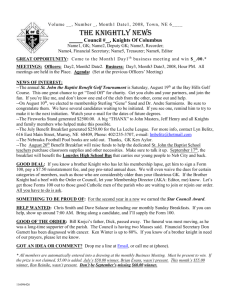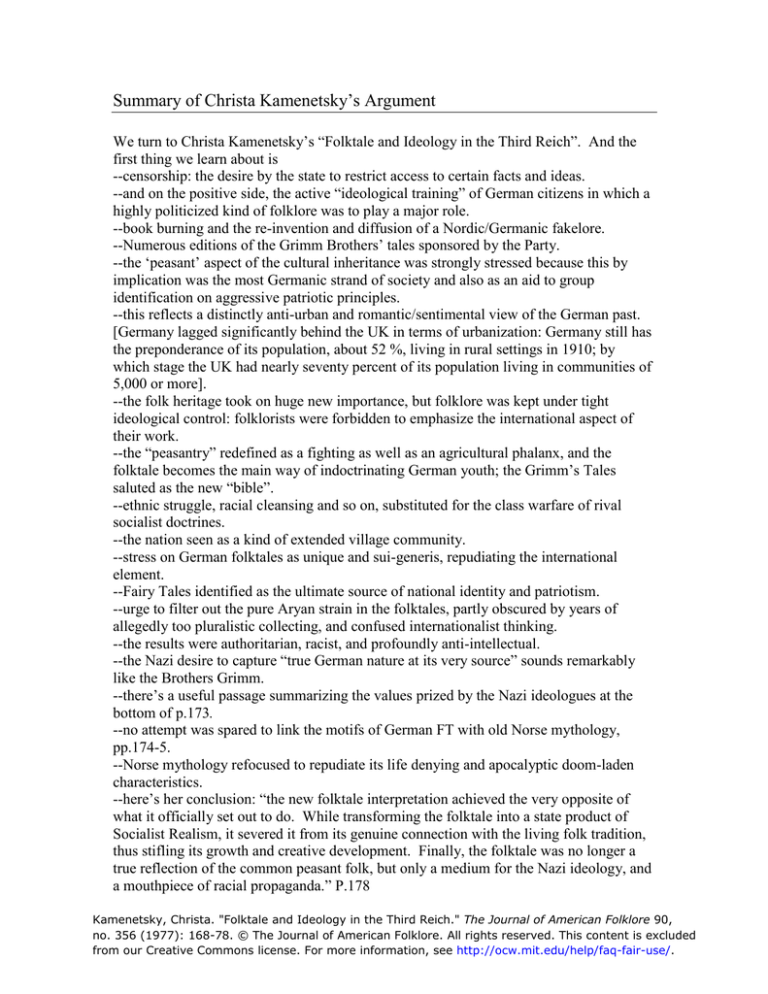
Summary of Christa Kamenetsky’s Argument
We turn to Christa Kamenetsky’s “Folktale and Ideology in the Third Reich”. And the
first thing we learn about is
--censorship: the desire by the state to restrict access to certain facts and ideas.
--and on the positive side, the active “ideological training” of German citizens in which a
highly politicized kind of folklore was to play a major role.
--book burning and the re-invention and diffusion of a Nordic/Germanic fakelore.
--Numerous editions of the Grimm Brothers’ tales sponsored by the Party.
--the ‘peasant’ aspect of the cultural inheritance was strongly stressed because this by
implication was the most Germanic strand of society and also as an aid to group
identification on aggressive patriotic principles.
--this reflects a distinctly anti-urban and romantic/sentimental view of the German past.
[Germany lagged significantly behind the UK in terms of urbanization: Germany still has
the preponderance of its population, about 52 %, living in rural settings in 1910; by
which stage the UK had nearly seventy percent of its population living in communities of
5,000 or more].
--the folk heritage took on huge new importance, but folklore was kept under tight
ideological control: folklorists were forbidden to emphasize the international aspect of
their work.
--the “peasantry” redefined as a fighting as well as an agricultural phalanx, and the
folktale becomes the main way of indoctrinating German youth; the Grimm’s Tales
saluted as the new “bible”.
--ethnic struggle, racial cleansing and so on, substituted for the class warfare of rival
socialist doctrines.
--the nation seen as a kind of extended village community.
--stress on German folktales as unique and sui-generis, repudiating the international
element.
--Fairy Tales identified as the ultimate source of national identity and patriotism.
--urge to filter out the pure Aryan strain in the folktales, partly obscured by years of
allegedly too pluralistic collecting, and confused internationalist thinking.
--the results were authoritarian, racist, and profoundly anti-intellectual.
--the Nazi desire to capture “true German nature at its very source” sounds remarkably
like the Brothers Grimm.
--there’s a useful passage summarizing the values prized by the Nazi ideologues at the
bottom of p.173.
--no attempt was spared to link the motifs of German FT with old Norse mythology,
pp.174-5.
--Norse mythology refocused to repudiate its life denying and apocalyptic doom-laden
characteristics.
--here’s her conclusion: “the new folktale interpretation achieved the very opposite of
what it officially set out to do. While transforming the folktale into a state product of
Socialist Realism, it severed it from its genuine connection with the living folk tradition,
thus stifling its growth and creative development. Finally, the folktale was no longer a
true reflection of the common peasant folk, but only a medium for the Nazi ideology, and
a mouthpiece of racial propaganda.” P.178
Kamenetsky, Christa. "Folktale and Ideology in the Third Reich." The Journal of American Folklore 90,
no. 356 (1977): 168-78. © The Journal of American Folklore. All rights reserved. This content is excluded
from our Creative Commons license. For more information, see http://ocw.mit.edu/help/faq-fair-use/.
MIT OpenCourseWare
http://ocw.mit.edu
21L.430 / CMS.920 Popular Culture and Narrative: Use and Abuse of the Fairy Tale
Fall 2015
For information about citing these materials or our Terms of Use, visit: http://ocw.mit.edu/terms.

